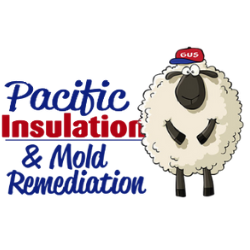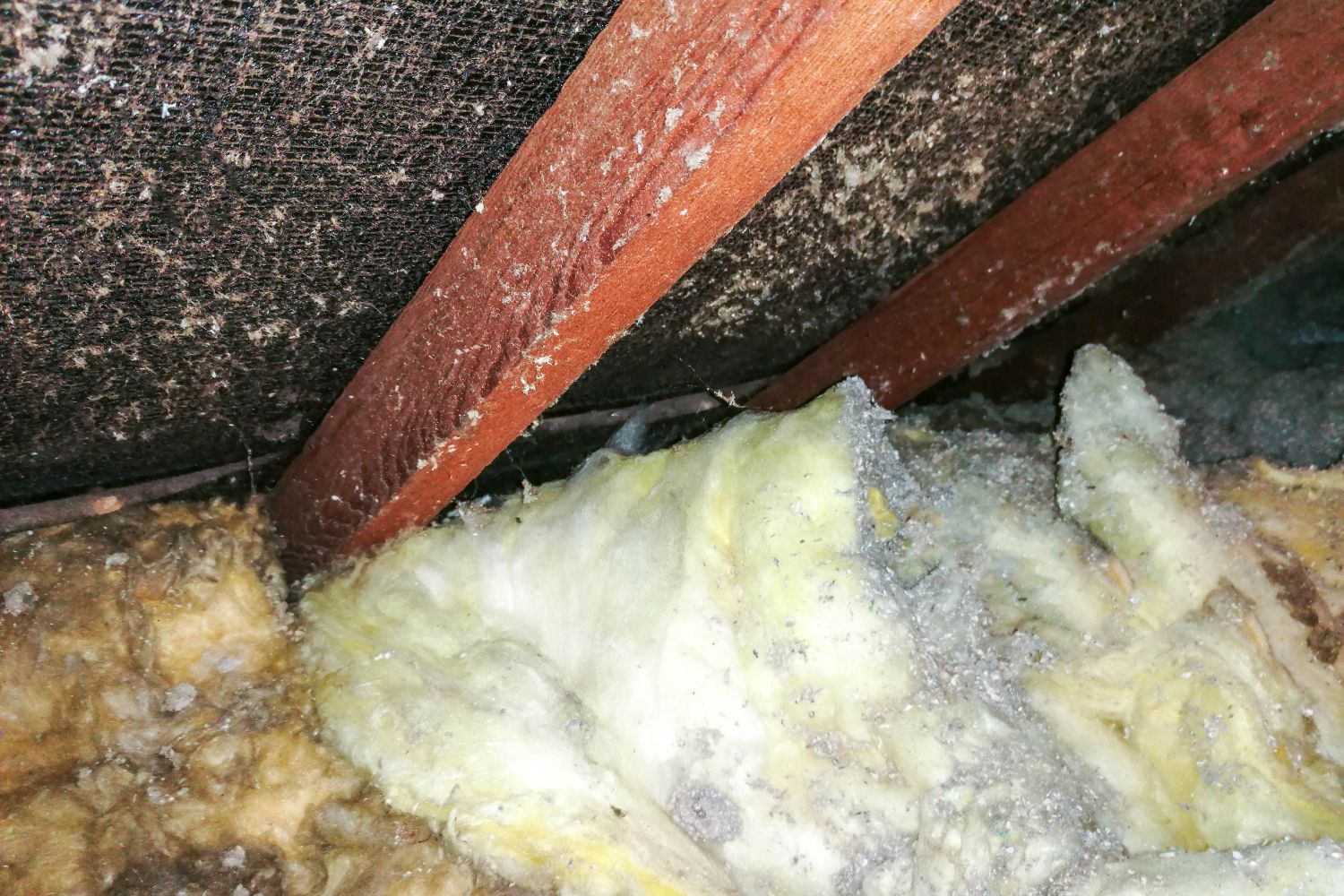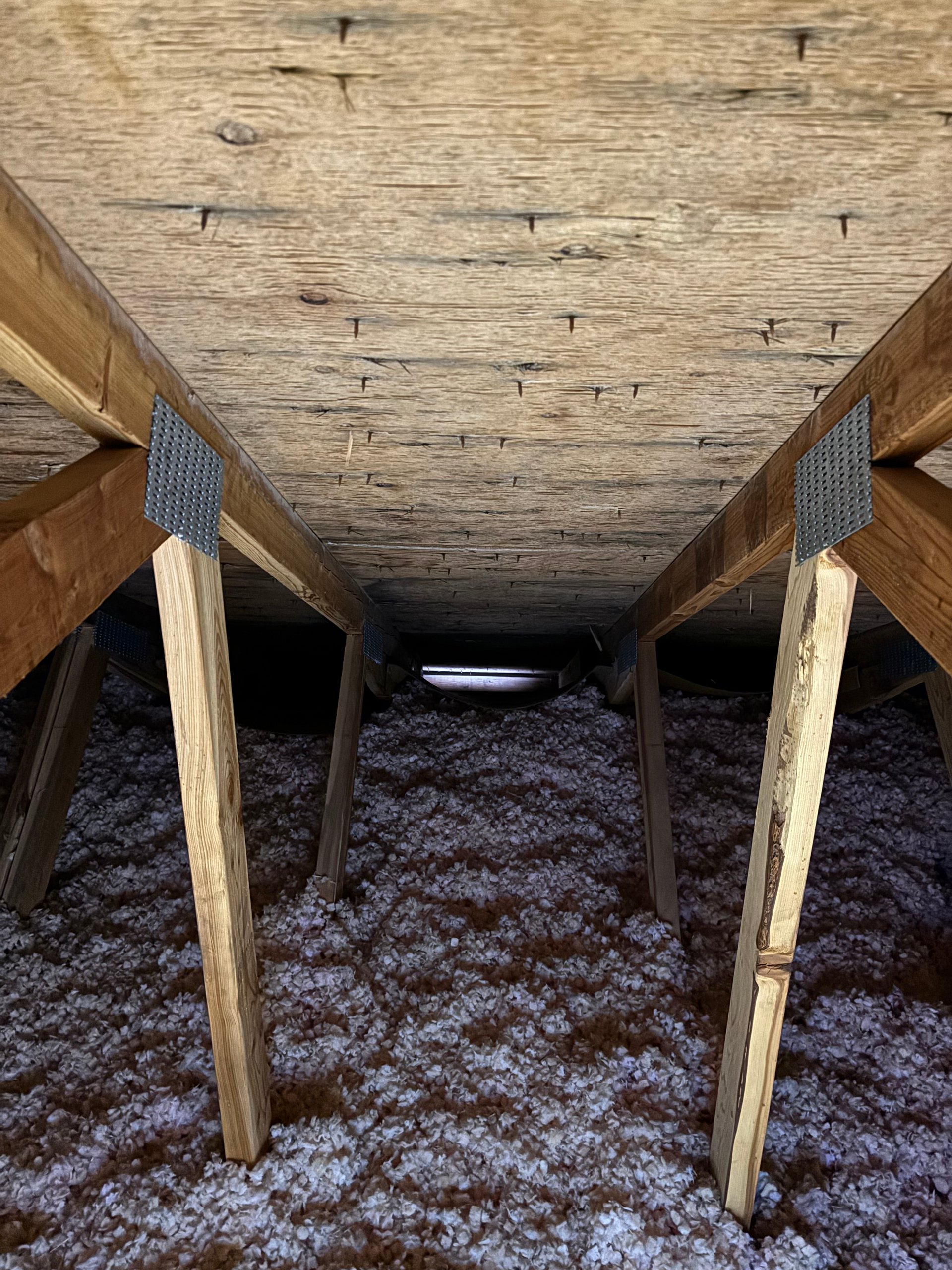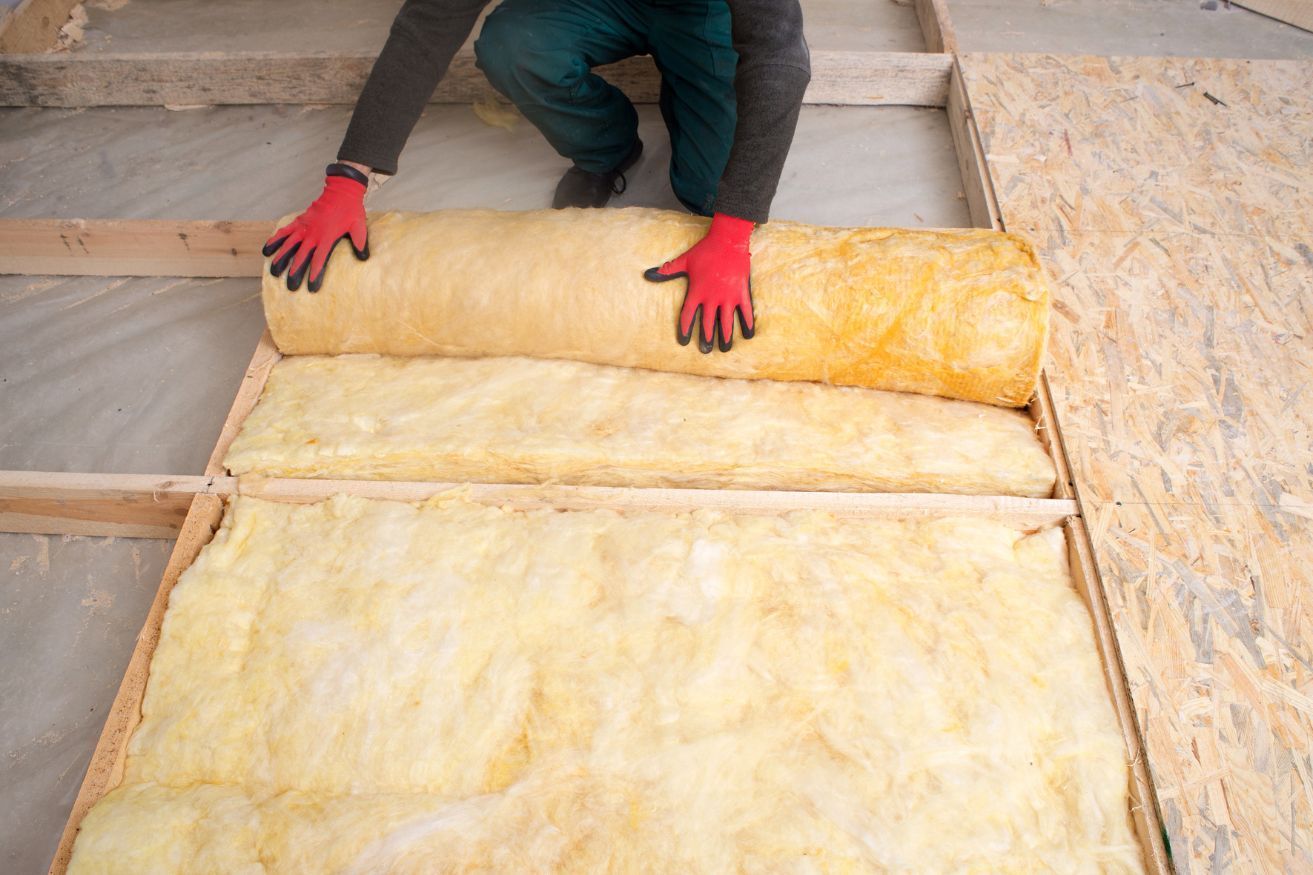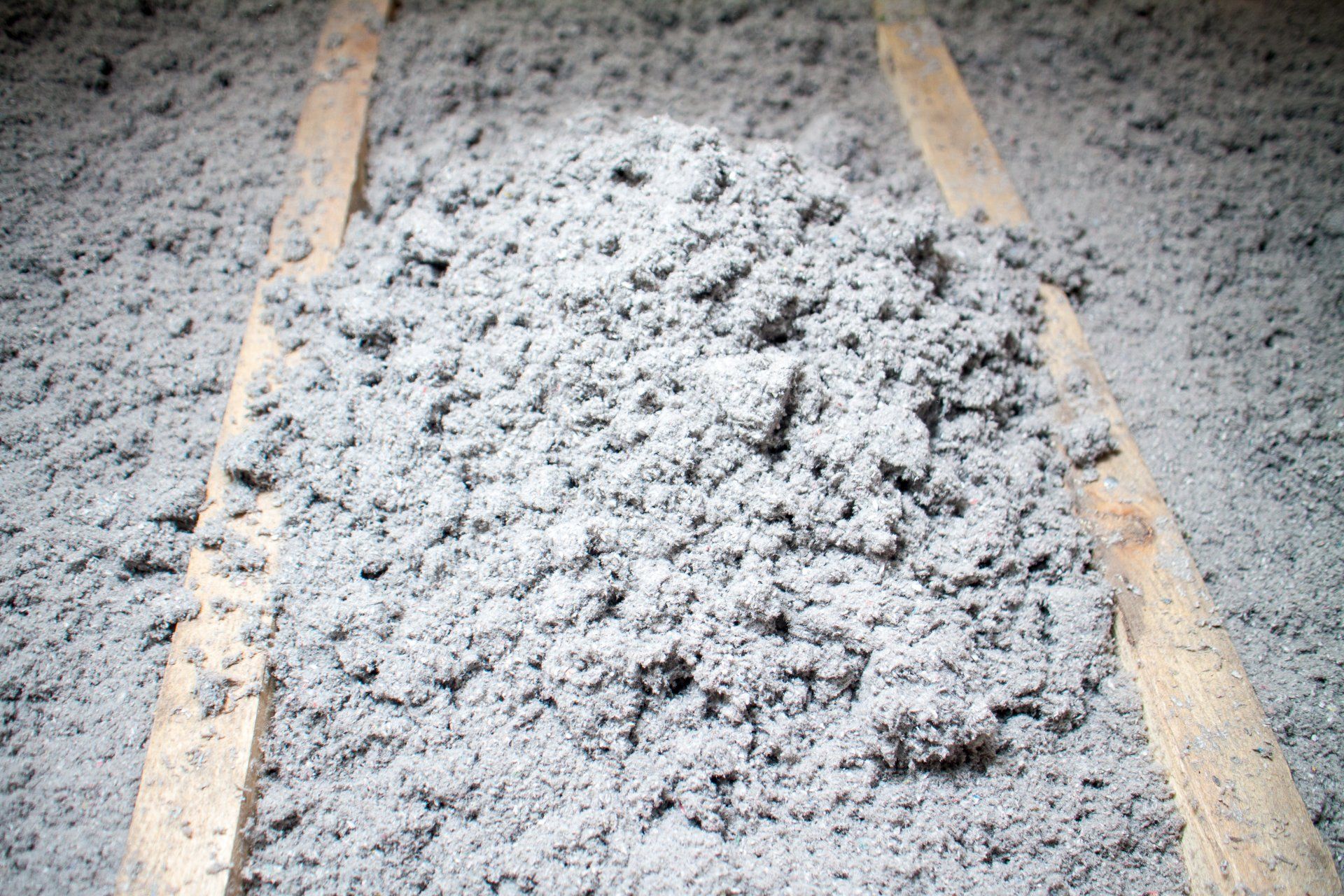Understanding Mold Growth
Understanding Mold Growth on Wooden Surfaces
Hey there! So, you're curious about mold growth on wooden surfaces? Well, you’ve come to the right place. Mold can be a pesky problem, especially when it decides to set up camp on your wooden surfaces. Let's dive into understanding what mold is, why it grows on wood, and how you can get rid of it.
What is Mold?
Mold is a type of fungus that thrives in moist environments. It loves to grow on organic materials, which unfortunately includes wood. But hey, who can blame it? Wood is everywhere, and when it gets damp, mold sees it as an open invitation. The spores float through the air and, when they find a suitable spot, they settle down and start to grow.
Different Types of Mold on Wood
You might wonder, “What types of mold grow on wood?” Well, there are several common types you might encounter:
- Black Mold (Stachybotrys): This is the notorious one. It's black and slimy, and it can cause health issues if not dealt with.
- White Mold: This kind is often mistaken for efflorescence, which is a salt deposit. It can be fuzzy or powdery.
- Green Mold: Usually a mix of fungi, green mold can be found on wood and is pretty common indoors.
What Does Mold Look Like on Wood?
So, you’re probably asking, “What does mold look like on wood?” This is a great question, and it's important to know the signs. Mold can appear as spots or streaks in various colors like black, white, green, or even orange. It might look fuzzy or slimy, depending on the type.
What Does Moldy Wood Look Like?
When wood gets moldy, it often looks discolored or stained. You might notice patches that are darker or lighter than the surrounding wood. Sometimes, it might even have a musty smell, which is a big clue that mold is present.
How Does Mold Grow on Wood?
Mold loves moisture. If your wooden surfaces are damp and warm, mold spores are likely to move in. Here's a quick rundown of how it happens:
- Moisture: Water leaks, high humidity, or condensation can lead to damp wood.
- Spores: Mold spores are everywhere. They can land on any surface, including wood.
- Growth: Once the conditions are right, these spores germinate and grow into mold.
What Does Mildew Look Like on Wood?
Mildew is often confused with mold, but it’s a bit different. It usually looks powdery and white or gray. While it's not as aggressive as mold, it can still cause damage if left unchecked.
How to Get Rid of White Mold on Wood
Alright, let’s talk about getting rid of mold, specifically that pesky white mold. Here’s a simple step-by-step guide:
- Safety First: Wear gloves, a mask, and goggles to protect yourself.
- Ventilate: Open windows or use fans to ventilate the area.
- Clean: Use a mixture of water and detergent to scrub the mold off the wood. For more stubborn mold, a bit of white vinegar or a commercial cleaner might be necessary.
- Dry: Make sure the wood is thoroughly dried to prevent mold from returning.
Preventing Mold Growth on Wooden Surfaces
Prevention is key! Here are some tips to keep mold from making a comeback:
- Control Humidity: Use dehumidifiers or air conditioners to keep humidity levels below 60%.
- Fix Leaks: Check for leaks in roofs, walls, or plumbing and repair them promptly.
- Improve Ventilation: Ensure good airflow in bathrooms, kitchens, and basements.
- Regular Inspections: Keep an eye on wooden surfaces for signs of moisture or mold.
Real-Life Example: The Case of the Moldy Deck
Let’s wrap this up with a practical example. Imagine you've got a wooden deck that's starting to look a bit suspicious. You notice some white, fuzzy patches and think it might be mold. By following the steps we discussed, you clean the mold, fix a nearby gutter that was leaking, and then apply a mold-resistant sealant. This proactive approach not only gets rid of the current mold but also helps prevent future growth.
Conclusion
So there you have it! Mold growth on wooden surfaces can be a real headache, but with the right knowledge and tools, you can tackle it effectively. Remember, the key to controlling mold is moisture management and regular maintenance. By keeping your wooden surfaces dry and clean, you can enjoy a mold-free environment.
Thanks for sticking around, and I hope this guide helps you keep that mold at bay!
